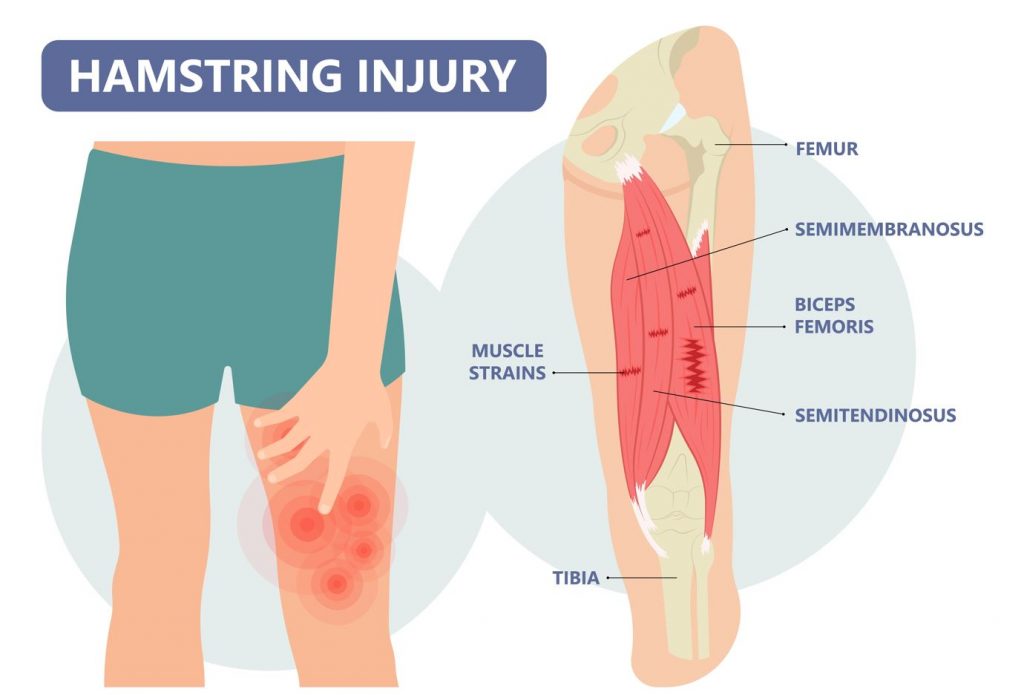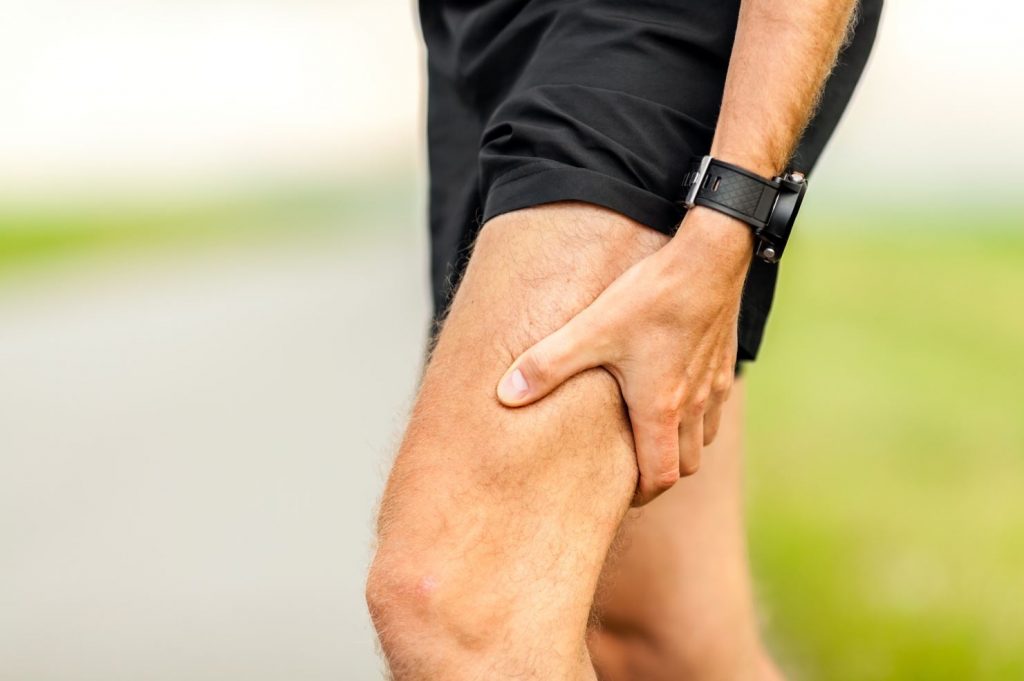Conditions >>
Hamstring strain is a common injury of the hamstring muscles that results in posterior thigh pain. Like calf strain, hamstring strain commonly affects individuals who participate in high-impact sports such as football or basketball and can severely affect your ability to walk or run after.

The hamstrings muscle group is made up of 3 different posterior thigh muscles, namely biceps femoris, semitendinosus, and semimembranosus. Hamstring strain occurs when the muscle is contracting whilst being stretched beyond its limit, causing a degree of tear in the muscle fibres.
Hamstring strain can be classified into 3 gradings:
Risk factors of hamstring strain include:

Signs and symptoms of hamstring strain include:
Managing hamstring strain involves addressing the injured muscle fibres and restoring the strength and function of the hamstring muscles. It is important to manage hamstring strain properly as its recurrence risk is high.
Treatment options for hamstring strain in Singapore include: